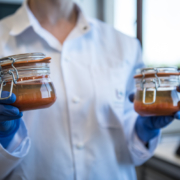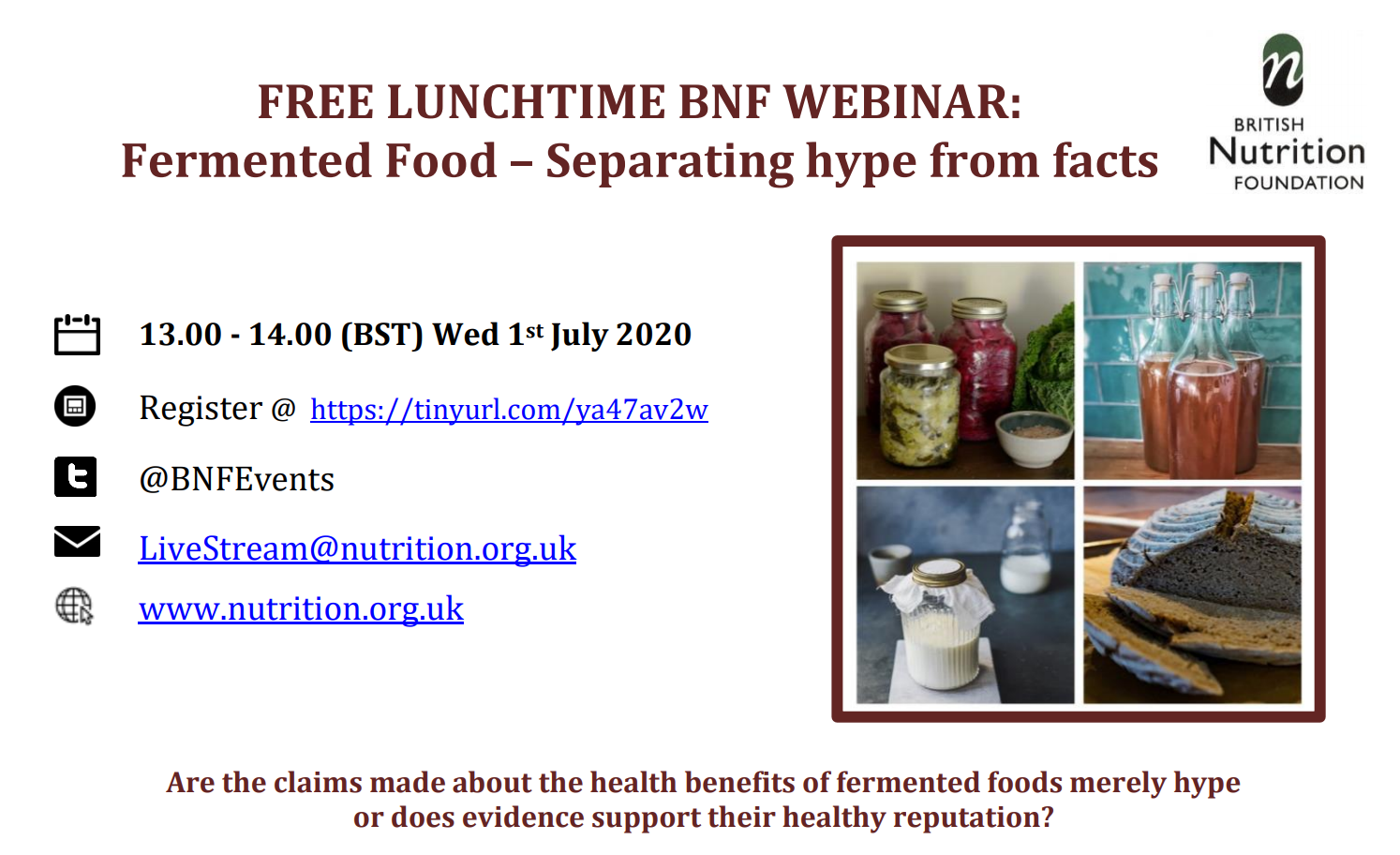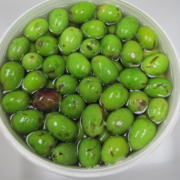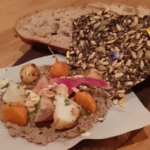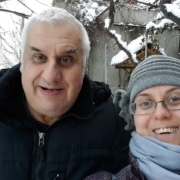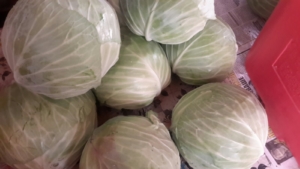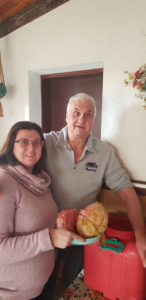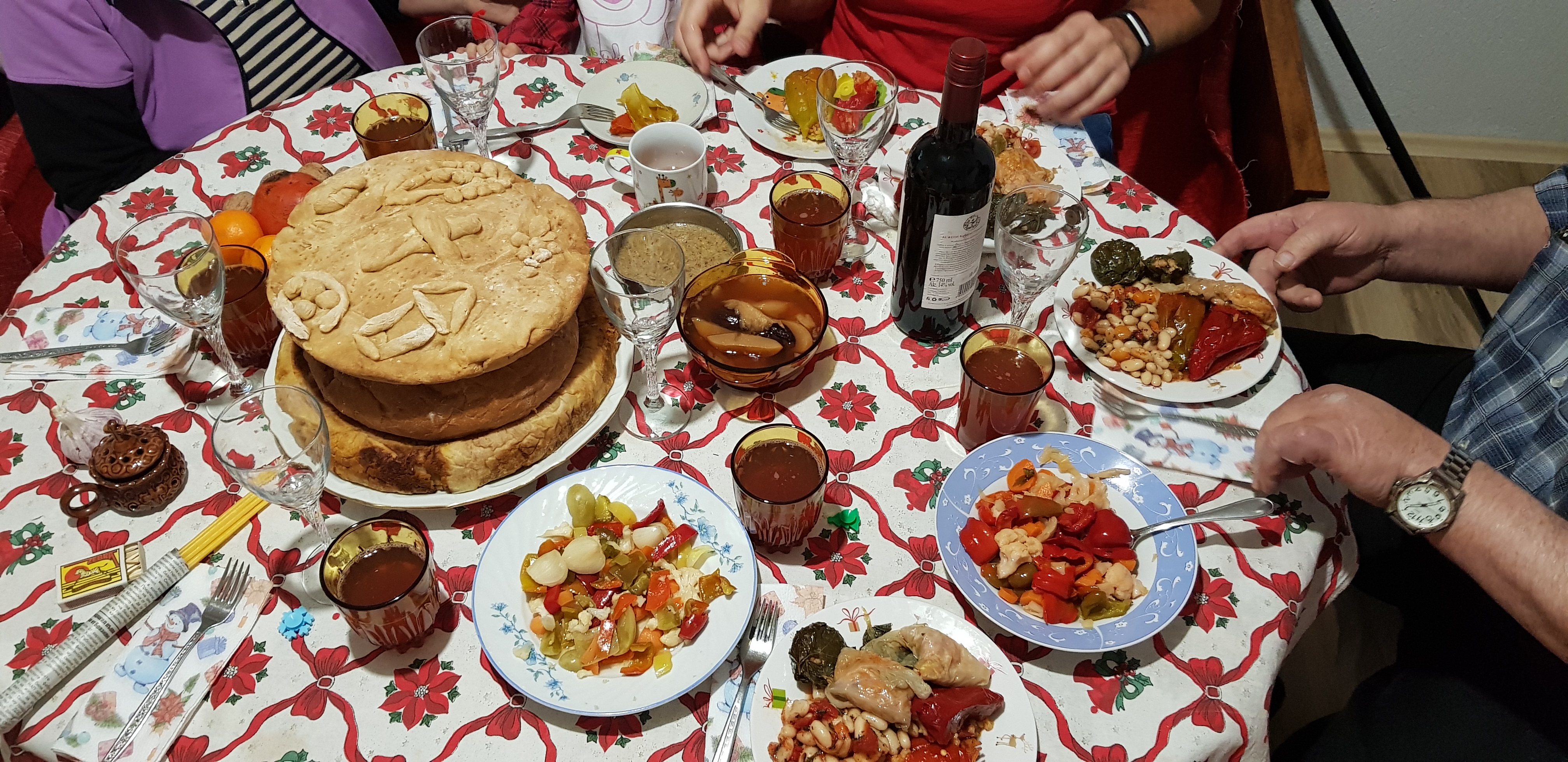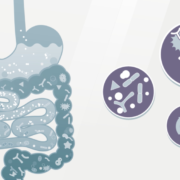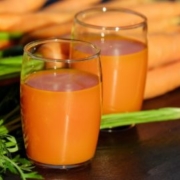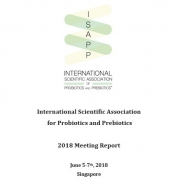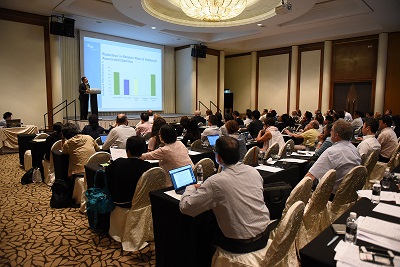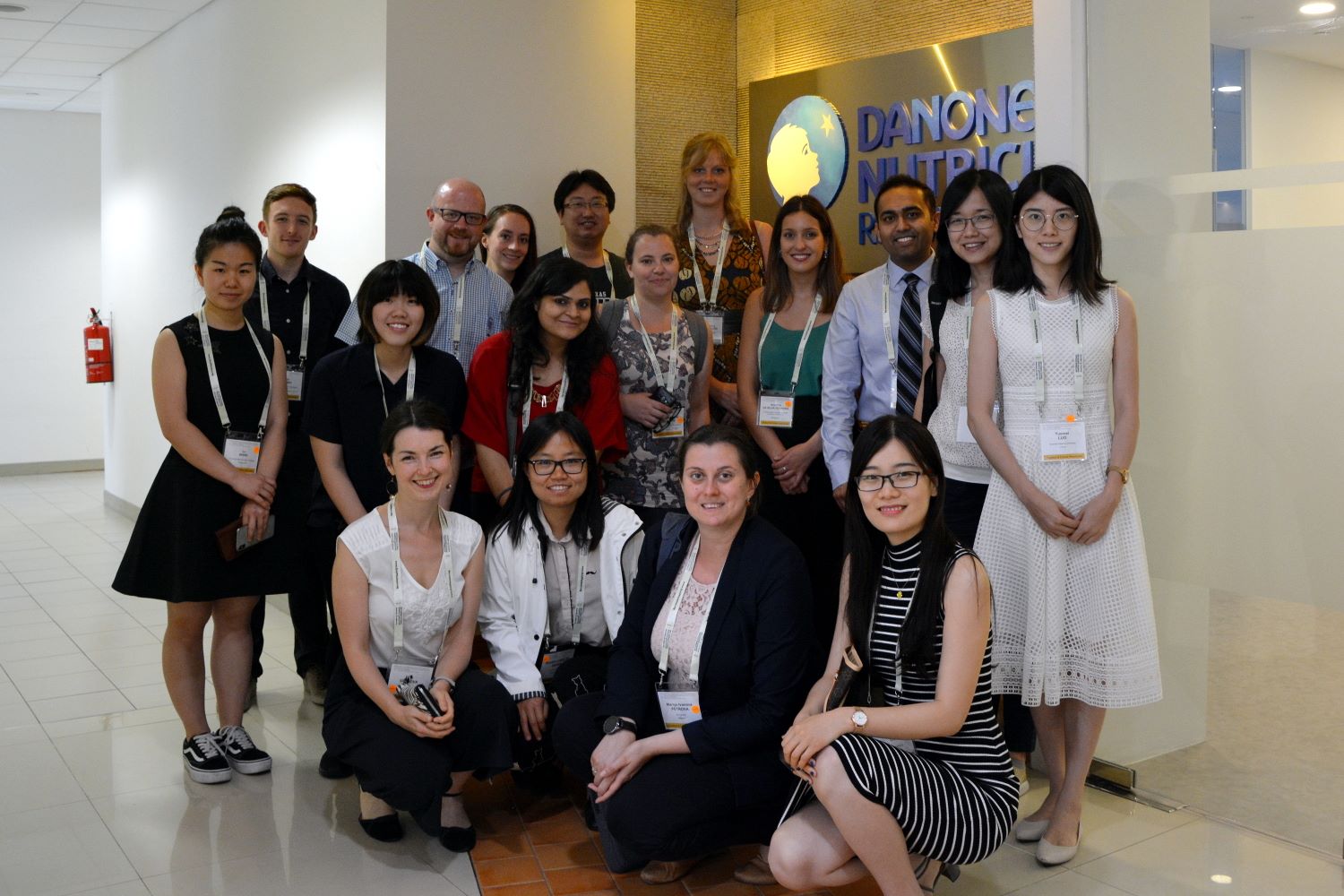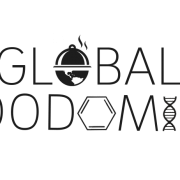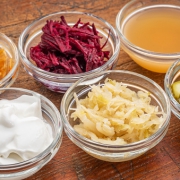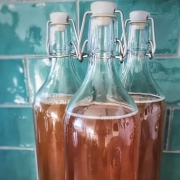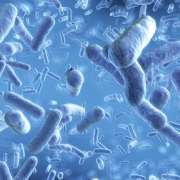By Mariya Petrova, PhD, Microbiome insights and Probiotics Consultancy, Karlovo, Bulgaria
Family and family traditions are very important to me. Some of you may have seen my previous blog post on fermented food and my father’s tradition of making fermented cabbage and vegetables every autumn. Of course, this is not limited to my family – in Bulgaria, it is our culture and our country’s tradition. But despite the fact that I wrote about fermented vegetables first, Bulgarians are much more proud of another fermented product – yogurt.
I still remember waking up every morning when I was a kid and having a healthy homemade yogurt to start the day. I still do when I am back at home, because my father continues to make yogurt at home. Here, I’ll take you on a new adventure and tell you all about Bulgarian yogurt, an old tradition still alive in every home.
Élie Metchnikoff and his work are well familiar to anyone involved in probiotic research. In short, Metchnikoff observed in 1907 that Bulgarian peasants lived longer lives and he attributed this to their daily consumption of yogurt.
 Thanks to Metchnikoff, research on Bulgaria and Bulgarian yogurt was put on the map because of our healthy way of living and eating fermented foods. You may know this part of the story. Still, few actually know that Metchnikoff was intrigued by the work of the Bulgarian researcher Stamen Grigorov a few years earlier. In fact, it was because of Stamen Grigorov’s work that we now know ‘who’ (i.e. which microbes) live in our yogurt and how essential those tiny bacteria are. In 1905 Stamen Grigorov actually discovered and isolated for the first time Lactobacillus bulgaricus (now known as Lactobacillus delbrueckii subsp. bulgaricus) from homemade yogurt. That’s why we are so proud of Bulgarian yogurt. Not only do we love to eat it, but the probiotic research was partially initiated in our country, and an entire Lactobacillus species is named after our country. There is even a small museum dedicated to Bulgarian yogurt and to the work of Stamen Grigorov, located in the house where he was born. In the museum, if you are visiting Bulgaria, you can learn how to make yogurt at home and a bit more about the history of Grigorov’s discoveries.
Thanks to Metchnikoff, research on Bulgaria and Bulgarian yogurt was put on the map because of our healthy way of living and eating fermented foods. You may know this part of the story. Still, few actually know that Metchnikoff was intrigued by the work of the Bulgarian researcher Stamen Grigorov a few years earlier. In fact, it was because of Stamen Grigorov’s work that we now know ‘who’ (i.e. which microbes) live in our yogurt and how essential those tiny bacteria are. In 1905 Stamen Grigorov actually discovered and isolated for the first time Lactobacillus bulgaricus (now known as Lactobacillus delbrueckii subsp. bulgaricus) from homemade yogurt. That’s why we are so proud of Bulgarian yogurt. Not only do we love to eat it, but the probiotic research was partially initiated in our country, and an entire Lactobacillus species is named after our country. There is even a small museum dedicated to Bulgarian yogurt and to the work of Stamen Grigorov, located in the house where he was born. In the museum, if you are visiting Bulgaria, you can learn how to make yogurt at home and a bit more about the history of Grigorov’s discoveries.
We are so proud of our yogurt that many Bulgarians will tell you that ancient Bulgarian tribes were the ones who discovered yogurt by accident. Since Bulgarian tribes were nomadic, they carried the milk in animal skins, which created an environment for bacteria to grow and produce yogurt. This is indeed the way people learned to make yogurt, but it most likely happened in many places independently. Of course, I know many countries make yogurt but I remain proud of all the discoveries that happened in my country (I am saying this because at times I have been judged when I tried to say how important we find the yogurt in Bulgaria and how proud we are).
Yogurt is a tradition in Bulgaria. I don’t know a Bulgarian who does not eat yogurt on a daily basis, up to a few pots per day. And I am not talking about those sweet yogurt products that are made by adding jam or vanilla. I am talking about real, natural yogurt, slightly sourer than most of the products that can be found in the Western world. We add yogurt to almost everything, it is just the perfect addition. It is even the basis of a traditional Bulgarian cold summer soup called “tarator,” made of yogurt, water, cucumber, garlic, and dill. We also make a salad with it called “snezhanka”, and it contains yogurt, cucumbers, garlic, and walnuts. (Recipes can be found below if you want to try something new during the lockdown.) In fact, I am so “addicted” to our yogurt that in every country I go to, the first thing I have do is to find a good yogurt. It took me years to find a good one in Belgium when I lived there (even though one product was labelled ‘Bulgarian yogurt’, it was not the same for sure). In Canada, it was somehow easier. After trying a few different products, it was even faster to find something that I like in the Netherlands, but they have many kinds of milk products. Yet none of them are truly comparable with what you can find in Bulgarian shops. Even the smallest shops have at least 3 to 4 different types because we have a lot of yogurt factories. Every product is different, it has a unique taste and can be made of different kinds of milk.
 But honestly, nothing is the same as the homemade yogurt. Many people still make yogurt at home, including my father. I don’t quite remember a time when there was no homemade yogurt on the table at home. It was initially my grandmother making the yogurt and the white Bulgarian cheese (it is nothing to do with Feta but that’s the closest way to explain what it is). So it was somehow logical that my father started making yogurt as well. He knows the technique from his grandmother and grew up with fresh homemade yogurt. My grandparents had a lot of cows, sheep, and goats, so we always had plenty of milk to ferment. Making yogurt at home is so very simple that more and more young people dare to do it. In fact, making yogurt is so easy, I wonder why I am not doing it myself during the lockdown.
But honestly, nothing is the same as the homemade yogurt. Many people still make yogurt at home, including my father. I don’t quite remember a time when there was no homemade yogurt on the table at home. It was initially my grandmother making the yogurt and the white Bulgarian cheese (it is nothing to do with Feta but that’s the closest way to explain what it is). So it was somehow logical that my father started making yogurt as well. He knows the technique from his grandmother and grew up with fresh homemade yogurt. My grandparents had a lot of cows, sheep, and goats, so we always had plenty of milk to ferment. Making yogurt at home is so very simple that more and more young people dare to do it. In fact, making yogurt is so easy, I wonder why I am not doing it myself during the lockdown.
How to make it, you may ask? 
So you need fresh milk, which my family in Bulgaria currently gets from a local farm. The milk is carefully boiled, and while it is still warm, transferred to a preferable container where you want to make the yogurt. We use old yogurt jars that were very popular before. For some time, my father also used Tupperware, so you can choose anything that you find handy. Before transferring the milk, my father also separates the cream from the milk in a separate jar and uses it to make homemade butter by constantly shaking the jar for around 10 minutes (it is an intensive workout, I tried it a few times!). The biggest problem these days is having a good starter culture so you can begin the milk fermentation. As a starter culture, most of the people, including my father, use a spoon or two of the previous batch of yogurt. So my father never finishes all the yogurt; he always makes sure that there are some leftovers so he can start a new fermentation. He usually adds one tablespoon of the old yogurt to 500 ml warm milk (around 45 C). Of course if the milk is too hot, the bacteria present in the starter culture will die, and nothing will happen. There is also the case that the milk is too cold, and then it will most likely still ferment, but it will have a strange consistency, something between milk and yogurt. If my father is out of old yogurt to start a new fermentation, he usually buys his favorite yogurt from the shop and uses this as starter. Once the jars are filled, he packs blankets all around them to keep the environment warm so the fermentation will begin. From here, you need around 4h to 5h to have a nice homemade yogurt. Simple and straightforward. The next morning you can have a great family breakfast, remembering the old traditions, talking about old memories, passing on the torch to the new generation, and enjoying a healthy start to the day.
The next time you have yogurt, I hope you enjoy it and remember the Bulgarian traditions!
Tarator soup recipe:
What you need: 1 cucumber, 250 -300 g yogurt, 1-2 cloves crushed garlic, salt, oil, water, fresh chopped dill. (Most of the ingredients depend on your taste so feel free to add more or less of certain ingredients. Some people also add parsley and walnuts, but it is up to your taste.)
How to make it: Peel and cut the cucumbers into cubes and put them in a preferred bowl; add the crushed garlic, and the minced dill. Beat the yogurt until it turns to liquid and mix it with the rest of the ingredients. Add salt and oil to taste. Add water to make the soup as liquid as you like. Put into the refrigerator to cool it. You can also make it with cold yogurt and cold water. It is perfect for the hot summer days.
Snezhanka (which means “Snow White” in Bulgarian) salad recipe:
What you need: 1 cucumber, 500 g yogurt, 1-2 cloves crushed garlic, 2-3 spoons ground walnuts, salt, oil, fresh chopped dill. (Again, it depends on your taste, if you like more cucumber or yogurt just add more.)
How to make it: First strain the yogurt for a couple of hours, so that all unnecessary water is drained away. Peel and cut the cucumbers into cubes and put them in the bowl. Add the strained yogurt. Add the fresh dill, salt and oil to taste. Sprinkle the walnuts on top of the salad. Perfect for all seasons. If you don’t have a fresh cucumber, you can also use pickles — the final result is also very delicious.

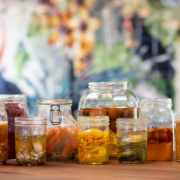




 Thanks to Metchnikoff, research on Bulgaria and Bulgarian yogurt was put on the map because of our healthy way of living and eating fermented foods. You may know this part of the story. Still, few actually know that Metchnikoff was intrigued by the work of the Bulgarian researcher Stamen Grigorov a few years earlier. In fact, it was because of Stamen Grigorov’s work that we now know ‘who’ (i.e. which microbes) live in our yogurt and how essential those tiny bacteria are. In 1905 Stamen Grigorov actually discovered and isolated for the first time Lactobacillus bulgaricus (now known as Lactobacillus delbrueckii subsp. bulgaricus) from homemade yogurt. That’s why we are so proud of Bulgarian yogurt. Not only do we love to eat it, but the probiotic research was partially initiated in our country, and an entire Lactobacillus species is named after our country. There is even a small museum dedicated to Bulgarian yogurt and to the work of Stamen Grigorov, located in the house where he was born. In the museum, if you are visiting Bulgaria, you can learn how to make yogurt at home and a bit more about the history of Grigorov’s discoveries.
Thanks to Metchnikoff, research on Bulgaria and Bulgarian yogurt was put on the map because of our healthy way of living and eating fermented foods. You may know this part of the story. Still, few actually know that Metchnikoff was intrigued by the work of the Bulgarian researcher Stamen Grigorov a few years earlier. In fact, it was because of Stamen Grigorov’s work that we now know ‘who’ (i.e. which microbes) live in our yogurt and how essential those tiny bacteria are. In 1905 Stamen Grigorov actually discovered and isolated for the first time Lactobacillus bulgaricus (now known as Lactobacillus delbrueckii subsp. bulgaricus) from homemade yogurt. That’s why we are so proud of Bulgarian yogurt. Not only do we love to eat it, but the probiotic research was partially initiated in our country, and an entire Lactobacillus species is named after our country. There is even a small museum dedicated to Bulgarian yogurt and to the work of Stamen Grigorov, located in the house where he was born. In the museum, if you are visiting Bulgaria, you can learn how to make yogurt at home and a bit more about the history of Grigorov’s discoveries. But honestly, nothing is the same as the homemade yogurt. Many people still make yogurt at home, including my father. I don’t quite remember a time when there was no homemade yogurt on the table at home. It was initially my grandmother making the yogurt and the white Bulgarian cheese (it is nothing to do with Feta but that’s the closest way to explain what it is). So it was somehow logical that my father started making yogurt as well. He knows the technique from his grandmother and grew up with fresh homemade yogurt. My grandparents had a lot of cows, sheep, and goats, so we always had plenty of milk to ferment. Making yogurt at home is so very simple that more and more young people dare to do it. In fact, making yogurt is so easy, I wonder why I am not doing it myself during the lockdown.
But honestly, nothing is the same as the homemade yogurt. Many people still make yogurt at home, including my father. I don’t quite remember a time when there was no homemade yogurt on the table at home. It was initially my grandmother making the yogurt and the white Bulgarian cheese (it is nothing to do with Feta but that’s the closest way to explain what it is). So it was somehow logical that my father started making yogurt as well. He knows the technique from his grandmother and grew up with fresh homemade yogurt. My grandparents had a lot of cows, sheep, and goats, so we always had plenty of milk to ferment. Making yogurt at home is so very simple that more and more young people dare to do it. In fact, making yogurt is so easy, I wonder why I am not doing it myself during the lockdown.


